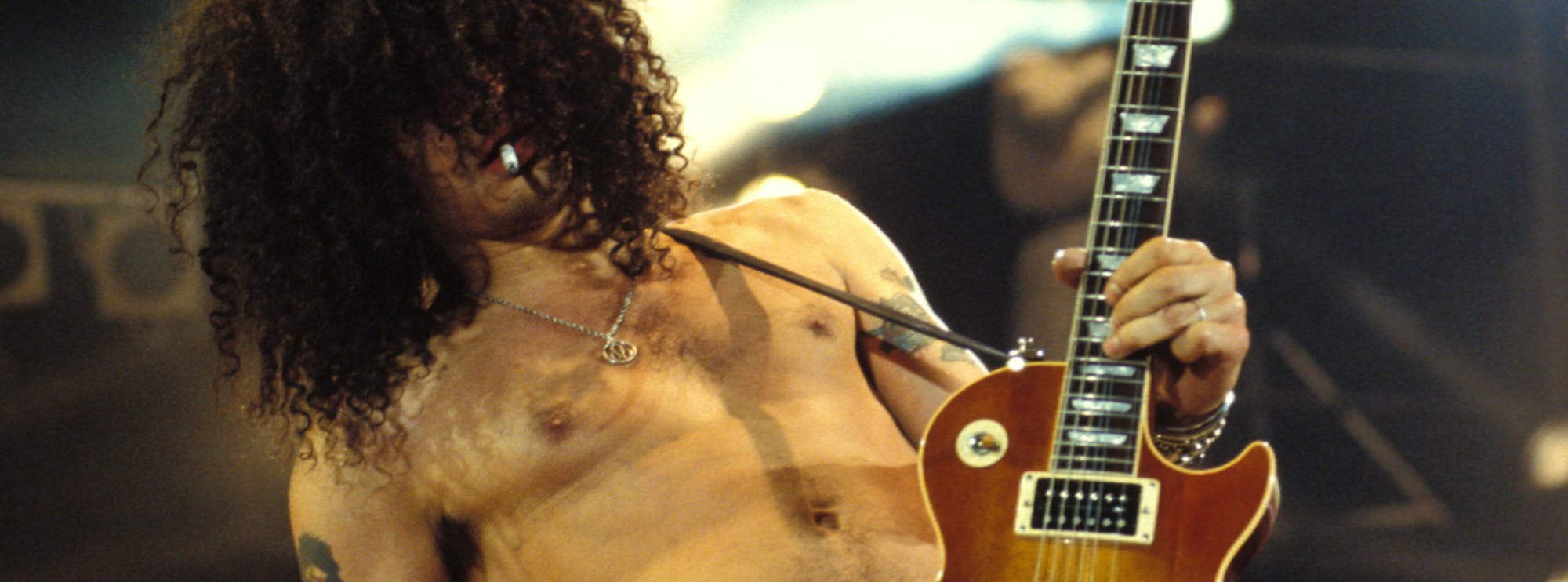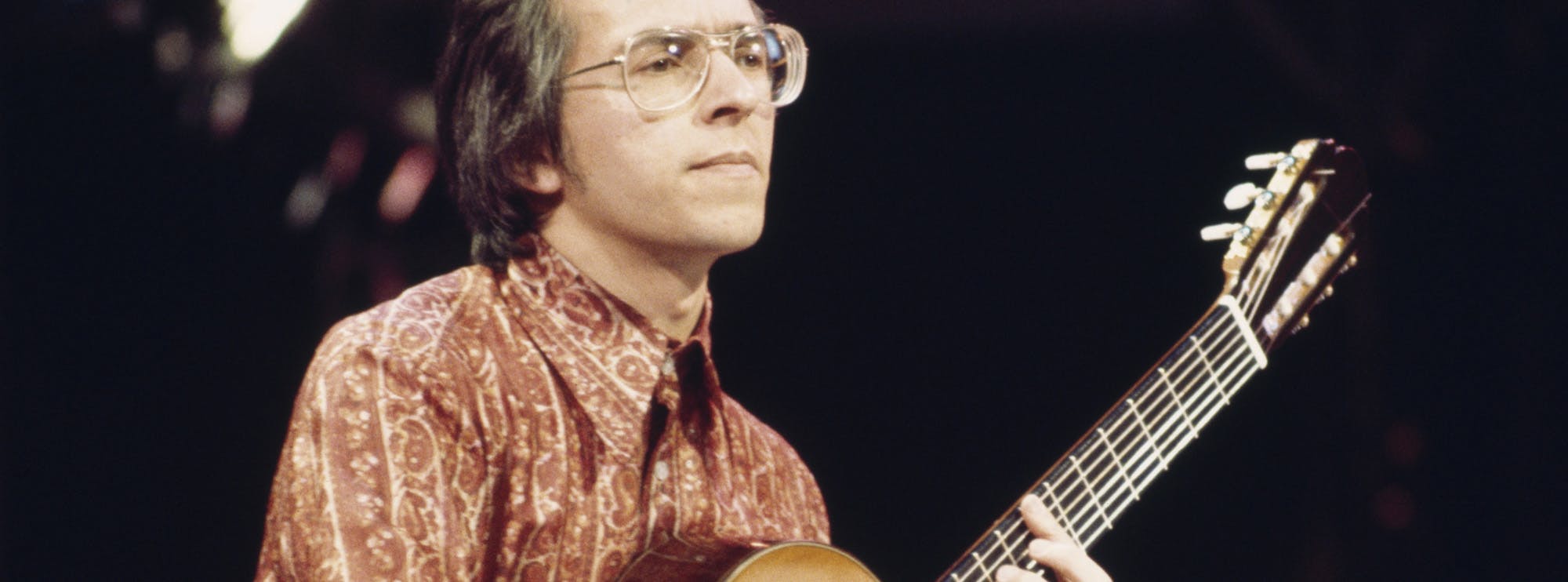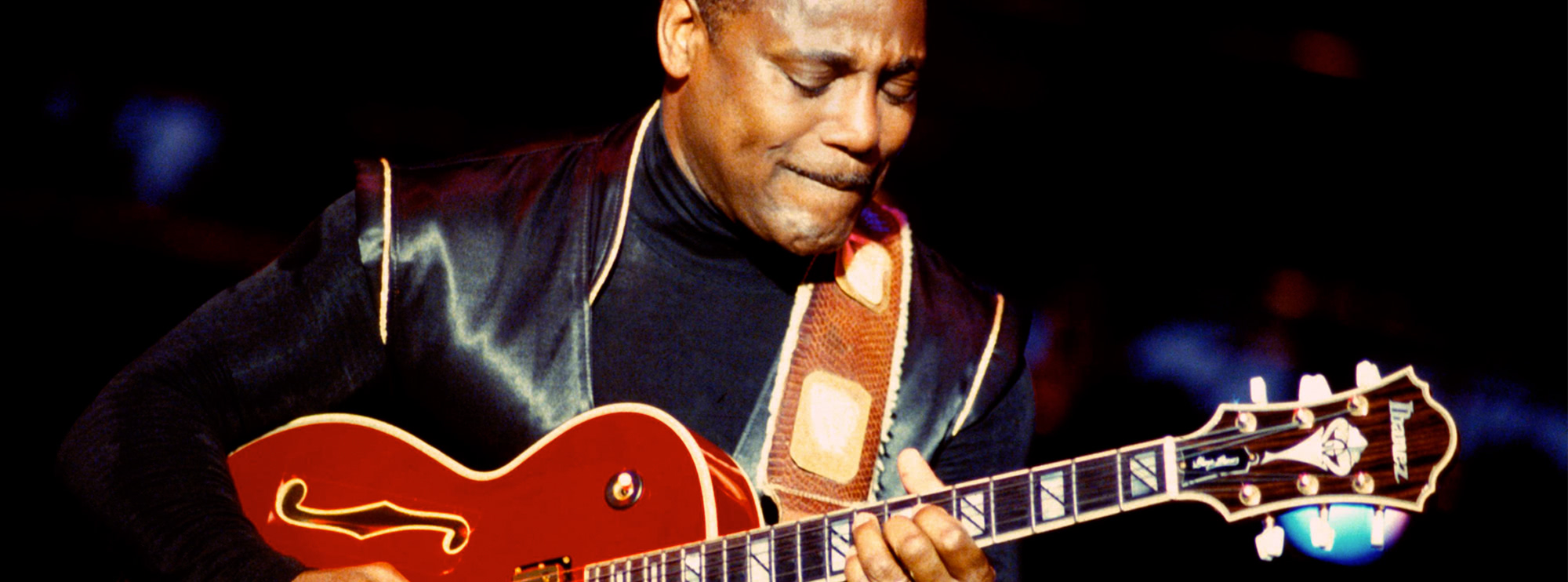Living After Midnight – Judas Priest
Judas Priest’s “Living After Midnight” is a timeless anthem that blends heavy metal edge with an infectious, feel-good rock groove. This note-for-note guitar lesson from LickLibrary teaches you how to master this iconic track, focusing on the key techniques that define the song's powerful riffs, melodic leads, and tight rhythmic feel. Whether you're a beginner looking to break into classic metal or a seasoned player wanting to add some Priest power to your playing, this lesson offers valuable insight into the style and sound of one of heavy metal’s greatest bands. Danny Gill breaks down this classic track in this exclusive Lick Library video tutorial.
About the Song
Released in 1980 as part of the seminal British Steel album, “Living After Midnight” showcases Judas Priest at their most accessible and anthemic. The track features an infectious main riff, tight rhythm guitar parts, and melodic yet aggressive solos. It’s a great entry point into the band’s catalog and into the world of classic British heavy metal. The song’s tempo and structure make it ideal for developing essential rock and metal guitar techniques without being overwhelmingly fast or complex.
The Guitar Players Behind the Sound
The twin-guitar attack of Glenn Tipton and K.K. Downing defined Judas Priest’s signature sound. In “Living After Midnight,” both guitarists shine through with their complementary styles. Tipton is known for his technical precision, melodic phrasing, and clever use of harmony, while Downing brings a raw, aggressive tone and inventive riffing. Together, they helped shape the dual-guitar metal sound that would inspire generations of bands, from Metallica to Iron Maiden. Learning this track offers valuable insight into how two guitarists can work in harmony, building energy and depth into a song.
Technique Focus
Power Chords
One of the foundational elements of “Living After Midnight” is its use of power chords. These thick, punchy chords drive the song forward and give it its unmistakable rock edge. Mastering power chords helps players build the stamina and precision required for tight rhythm playing, especially in rock and metal contexts.
Palm Muting
The verse sections rely heavily on palm muting, a technique used to tighten the tone and create a percussive, chugging rhythm. Palm muting adds dynamics to a riff, allowing you to contrast open, ringing chords with tight, controlled rhythms. This technique is essential for developing a professional, polished sound in your rhythm guitar playing.
Alternate Picking
In the song’s riff and lead lines, alternate picking ensures smooth, fast, and efficient picking, especially when moving across strings. It’s a key technique for building speed and accuracy and forms the bedrock of most lead guitar playing in rock and metal.
Slides
You’ll also encounter expressive slides throughout the solos and riff transitions. Slides help connect notes fluidly and add a vocal-like quality to your phrasing. This technique is great for enhancing your soloing vocabulary and adding flair to your licks.
Hammer-Ons and Pull-Offs
The lead work in “Living After Midnight” incorporates hammer-ons and pull-offs, offering smooth, legato transitions between notes. These are essential for building speed and fluidity in your lead playing while reducing the need for constant picking.
String Bending
No Judas Priest solo would be complete without expressive string bending. Used to add emotion and sustain, bending allows you to “speak” with your guitar, reaching notes that cut through the mix with vocal-like intensity.
Vibrato
Tipton and Downing’s use of vibrato adds personality and sustain to the solo passages. Developing a strong vibrato is essential for any lead guitarist, helping you sound more confident and expressive.
Why Learn This Song?
Learning “Living After Midnight” is not just about playing a classic track – it's a gateway to mastering some of rock and metal's most essential guitar techniques. The song's structure makes it perfect for both rhythm and lead guitarists, offering opportunities to focus on groove, tone, phrasing, and technical control. By studying this lesson, you'll sharpen your timing, build your technique toolbox, and gain a deeper appreciation of the twin-guitar dynamics that made Judas Priest legendary.
Techniques Used in This Lesson
Whether you're jamming alone or aiming to play in a band, this lesson will help you lock in with precision and flair, capturing the spirit of one of heavy metal’s most iconic tracks. Dive in and bring the power of Priest to your playing today!
About The Tutor
Tutor Profile
Danny Gill
Danny Gill is, without a doubt, the most loved tutor by our community. With an incredible array of DVDs and web lessons for LickLibrary covering a wide variety of topics all of which he covers with incredible detail, it's no wonder he carries as much respect as he does. As...




